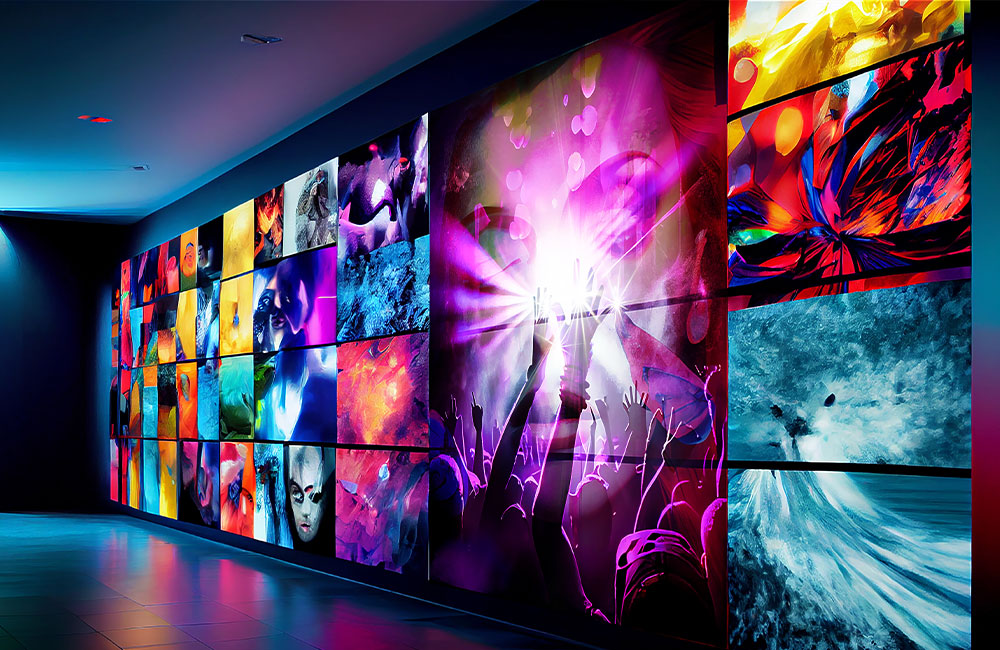Demystifying LED Panel Surface Brightness Evaluations for Ideal Screen Performance
Demystifying LED Panel Surface Brightness Evaluations for Ideal Screen Performance
Blog Article
Light Emitting Diode panel screens are increasingly popular in various settings, from residences and commercial spaces as well as communal areas. Such panels are known due to the vivid as well as vibrant displays, which make them ideal to communicating data, ads, and entertainment. However, understanding the brightness measurements of Light Emitting Diode panel screens remains crucial for ensuring optimal visual efficacy. Brightness can be quantified in units called nits, which indicate how much light is emitted from the screen. A greater the quantity of nits, the more luminous a display will be. For, example, a panel with 1,000 candelas stands considerably more vivid compared to a with 500 nits, making it better equipped in brightly lit settings.
When choosing a Light Emitting Diode panel screen, one becomes crucial to consider the environment in which it will be used. In brightly lit areas, such as shopping malls or outdoor settings, a increased brightness level is necessary for guaranteeing clarity. On the other hand, within dimmer settings, like cinemas and meeting spaces, lower diminished illumination rate might be adequate. This is because excessive bright unnecessary luminosity within an dim setting may result in viewer discomfort among the audience, causing them more difficult for concentrate with a screen. Thus, comprehending specific specific requirements of the installation location will aid with selecting a suitable illumination level to ensure ideal visual experience.
Another crucial factor to consider is the contrast ratio in an Light Emitting Diode panel panel. This ratio measurement indicates how much difference between the brightest white versus the darkest black shade which the screen can produce. A higher contrast ratio indicates the display can it is capable of present more detail and depth, which enhances overall visual clarity. For example, one screen with a contrast proportion at 10,000:1 is able to show visuals featuring greater vivid colors and sharper features than a with a ratio of one thousand to one. Such becomes particularly important when showing visuals and videos that require greater clarity as well as detail, such as slideshows and promotional content.
Moreover, the technology mechanism behind LED panel screens has an crucial part for the brightness and total efficiency. Different types in Light Emitting Diode methods, including OLED and Liquid Crystal Display, possess distinct characteristics that impact the way brightness is perceived. Organic Light Emitting Diode screens typically offer superior differential and deeper blacks, thereby may enhance the visual experience within darker environments. Conversely, traditional LED screens might be more suitable in bright environments due to the ability to Get More Info generate greater levels of illumination. Comprehending these tech-related variances can help consumers in making knowledgeable choices based on specific individual needs.
In conclusion, consistent maintenance as well as adjustment for LED panel panels can assist maintain optimal illumination and performance long-term. Dust and dirt may build up in the screen, impacting the illumination and clarity in the visual. Regular cleaning as well as expert calibration may ensure the the panel functions at its optimal, providing uniform visual quality. Moreover, some sophisticated LED wall screens come built-in integrated features which allow users for adjust illumination settings and color settings based on individual preferences. Through taking these measures, operators click for more can guarantee that their Light Emitting Diode panel panels provide an optimal visual efficiency, regardless of where setting where that these are used.